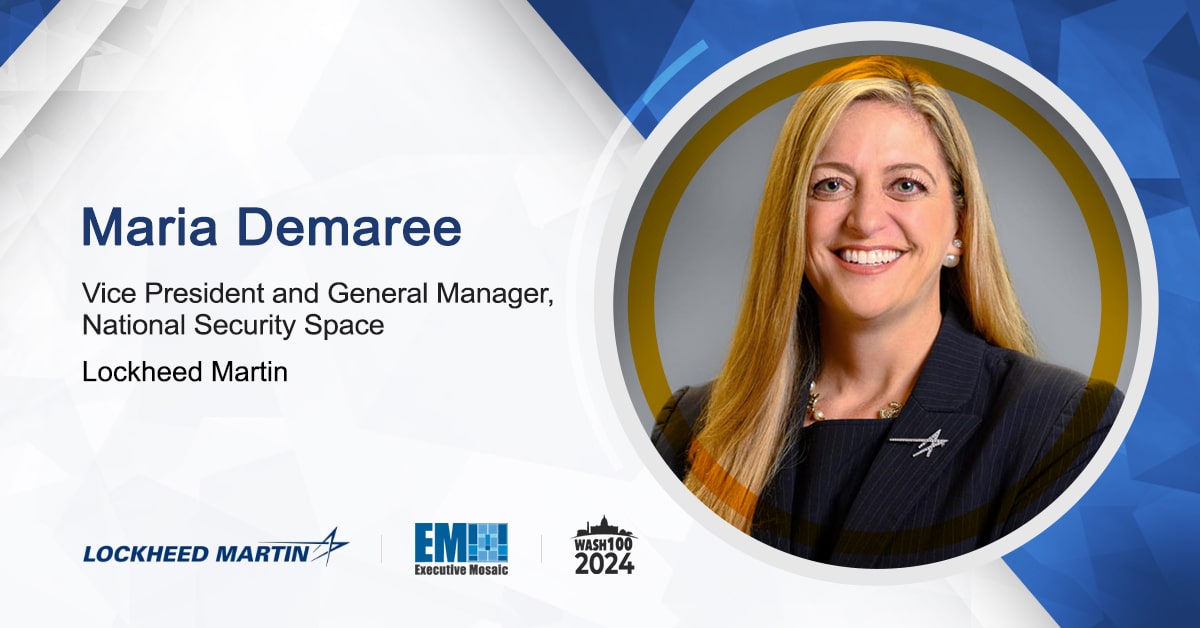Federal agencies are working to integrate artificial intelligence into their infrastructures as they iteratively replace outdated legacy systems and optimize essential operations to match adversarial capabilities in the digital age.
As a boost to this critical initiative, U.S. Senators Jacky Rosen, D-Nev., and Rob Portman, R-Ohio introduced the Advancing American AI Innovation Act on Thursday. The bipartisan legislation would create a pilot program within the Department of Defense to establish artificial intelligence data libraries, improving data access to industry and fostering more efficient public-private sector partnerships
Senator Rosen explained that as the role of artificial intelligence continues to expand within national security, the AI data libraries will serve as a resource for synchronizing DoD capabilities and mission needs across industry partnerships and enhancing collaboration.
In August, the Army Futures Command’s Artificial Intelligence Integration Center released a broad agency announcement outlining 11 areas of AI research the center is eyeing throughout the next five years as it works to better analyze data, leverage non-traditional partnerships and connect battlefield-wide sensors and shooters.
Areas of interest for the Army Futures Command notably include autonomous ground and air vehicles, artificial intelligence/machine learning (AI/ML) algorithms and Internet of Things.
Similarly, Dr. Timothy Grayson, director of the Defense Advanced Research Projects Agency’s Strategic Technology Office, is also focusing on improving the agency’s AI and Industrial Internet of Things capabilities by dismantling monolithic, centralized platforms in favor of a more distributed, disaggregated strategy he refers to as “Mosaic Warfare.”
Dr. Grayson recognizes that completely overhauling and replacing agency infrastructures with new AI-enabled technology is not feasible, neither from an engineering standpoint nor a financial one.
“We have billions and billions of dollars of sunk cost in legacy equipment. So, the IIoT world needs to be able to digitize and modernize over this very heterogeneous fabric of legacy stuff,” Dr. Grayson said in a recent interview with AI Trends.
He added that the agency’s Mosaic Warfare approach is helping defense agencies deal with their wide array of “different domains, different military Services, different ages of equipment, and legacy systems,” while lowering costs.
However, with some federal agencies and military branches being amply funded (Army CIO, Dr. Raj Iyer, says the U.S. Army sets aside $15 billion of its budget for information technology), cost may not be the only hurdle in the way of an AI future.
Brett Vaughan, the Navy’s chief artificial intelligence officer and Office of Naval Research portfolio manager, cited adopting digital-first principles and practices as the biggest cultural challenges for military service branches as they strive to integrate AI.
Despite cultural challenges, Maj. Gen. Matthew Easley, chief information security officer and director of cybersecurity for the U.S. Department of the Army, said the United States, across most key areas, remains a great competitor in regards to AI capabilities.
Recent strides in AI capabilities fostered through public-private collaboration include the Booz Allen Hamilton-Databricks partnership formed earlier this year.
Databricks’ Lakehouse Platform offers federal and industry customers a unified AI platform as a way to tackle the exponentially increasing financial burden of AI model training and enterprise integration.

Dr. Timothy Grayson and Maj. Gen. Matthew Easley will keynote the Potomac Officers Club’s latest Data-Driven 2021 series event, The Cost of AI on Nov. 9.
The virtual forum will also feature other distinguished leaders from the Army Futures Command, military service branches and private sector companies in an insightful panel discussion focusing on industry best practices and financial strategies for seamlessly integrating the latest AI technology.
Visit PotomacOfficersClub.com to register for the Nov. 9 event, The Cost of AI, and to see other upcoming GovCon sector events.






